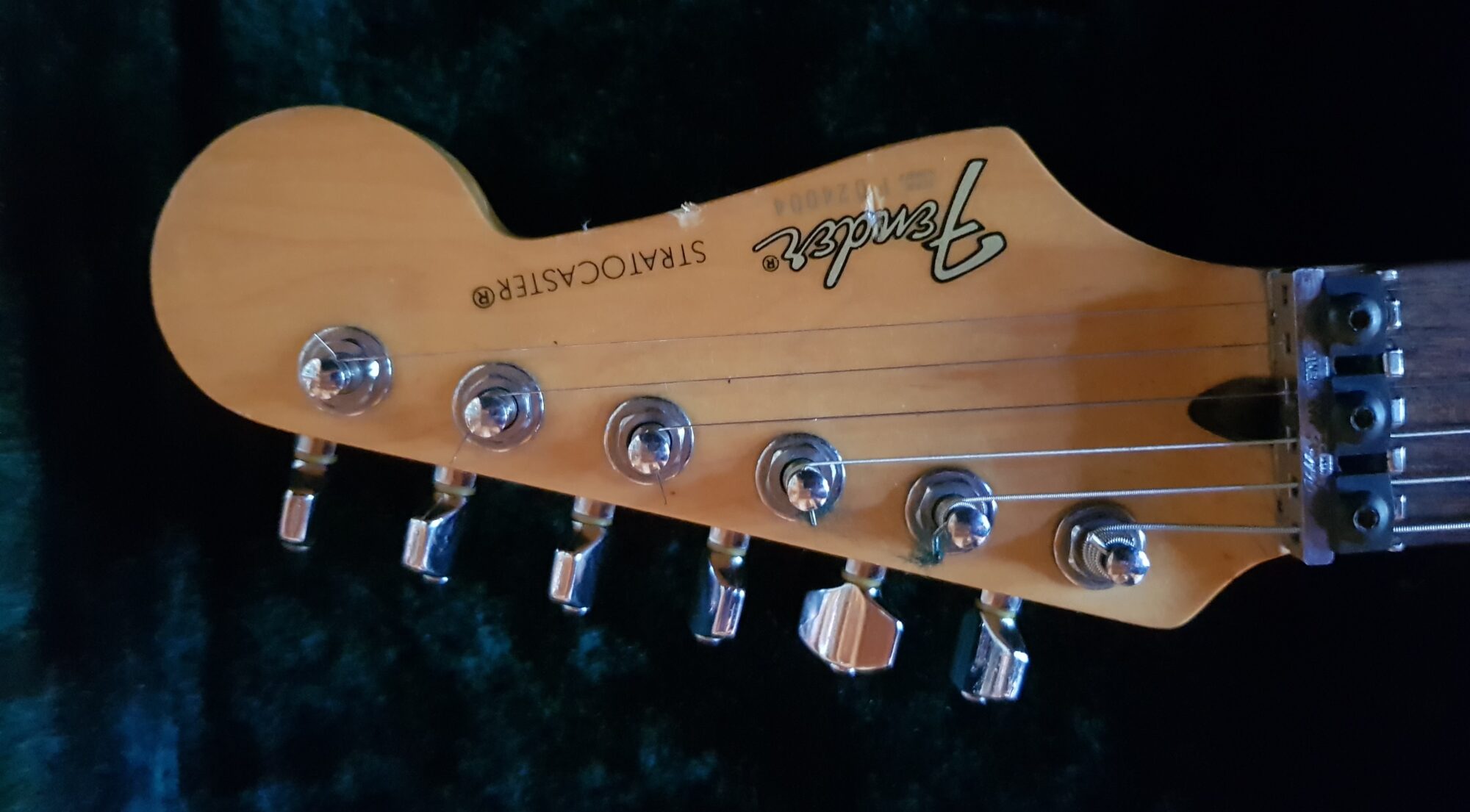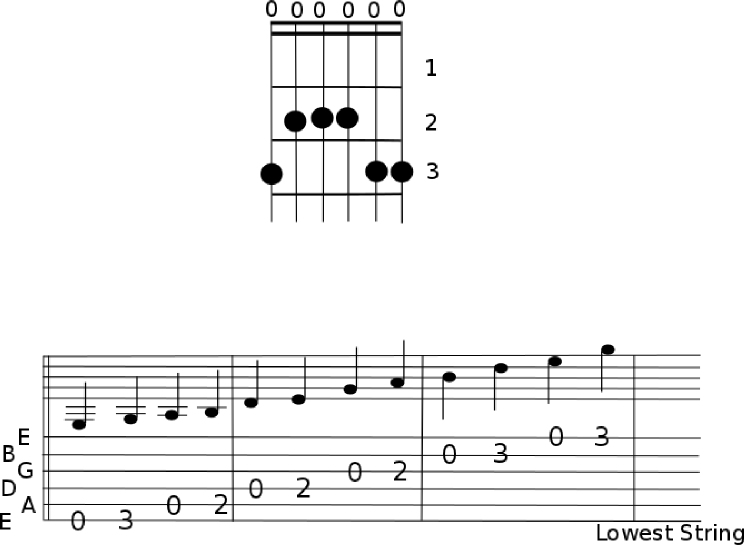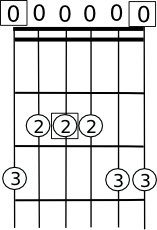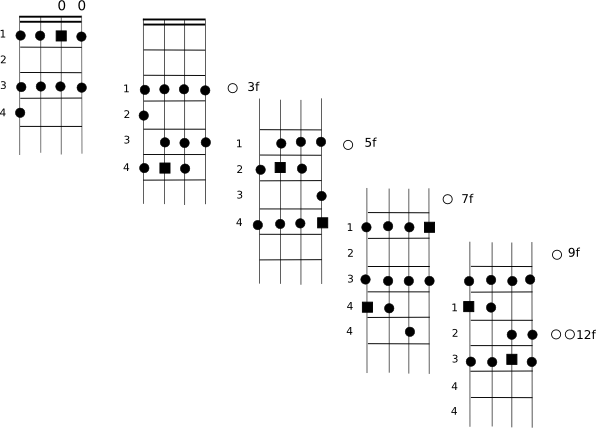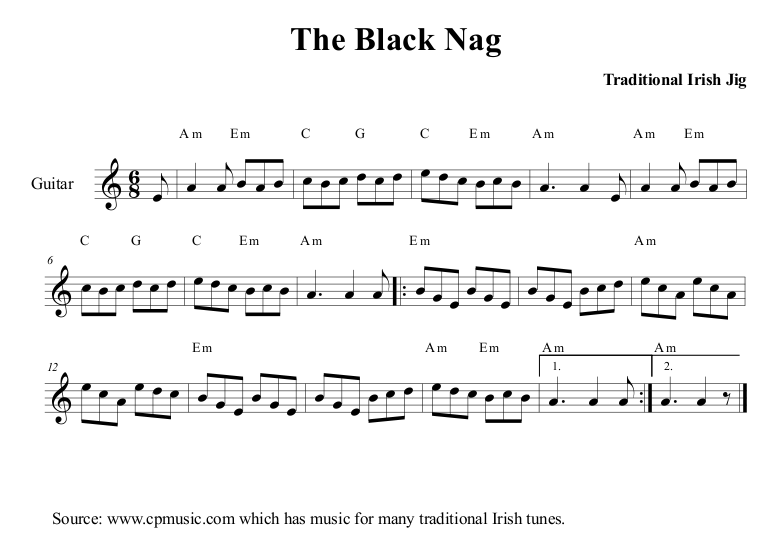This is a practice track for beginning and intermediate bass players who are interested in playing jazz styles. I have taken the following four chords:
||:Am7 |D7 |Gmaj7 |Cmaj7 : ||
which are the chords ii V I IV in the key of G major.
These chords are common in many jazz style progressions, and can be found, for example, in the first four bars of Autumn Leaves. To construct a bass line over these chords, take the following steps.
(1) First have the G major scale under your fingers. You can use the open position, or any moveable scale shapes that you know.
(2) Play through the progression playing the tonic of each chord on beat one of each bar.
This very simple bass line is the foundation upon which many things can be built. To this we can add a note leading into each new chord.
(3) On beat 4 of each bar play the note of the G major scale below the note of the chord root you are about to change to. For example on beat 4 of the Am7 bar, play a C, the note below D.

(4) On beat 4 of each bar, we can also play the note above the chord root we are heading for:
 (5) Once you are familiar with both of these, you can mix them up, leading into some notes from below, other notes from above.
(5) Once you are familiar with both of these, you can mix them up, leading into some notes from below, other notes from above.
This technique makes for a strong bass line, particularly when going around the cycle of fourths, as in the progression above. One reason is that the diatonic (i.e. from the major scale) leading note is either the fifth or the third of the current chord in the above progression. The only exception is the change from Cmaj7 to Am7 in point (4).
(6) Now try combining two leading notes on beats 3 and 4:

(7) To play a simple walking bass line, simply add scale notes in between in pitch, between the other notes, making sure that the note on beat 4 always leads into the next chord:

The above are only my examples – there are a great many variations on bass lines you can create using this simple technique – and they will all sound great over these chords and over many other jazz style progressions. Using this technique you can play something different on every run through the chords, but always strongly working the changes. That’s one way you can create interest and dynamism in the music!
This is only one “concept” for constructing bass lines, and you will need to develop a selection of such approaches. As you gain experience in listening and playing, your ear will tell you more and more what will sound good in any given situation.
And here is the practice track to try these techniques with – for best results, get completely comfortable with each step before going on to the next!
Autumn Leaves First 4 bars
If you find that the chords are changing too fast for you, try the following track, which has the same four chords, but each chord goes for two bars:
Autumn Leaves First 4 Bars – 2 bars per chord
Enjoy!
